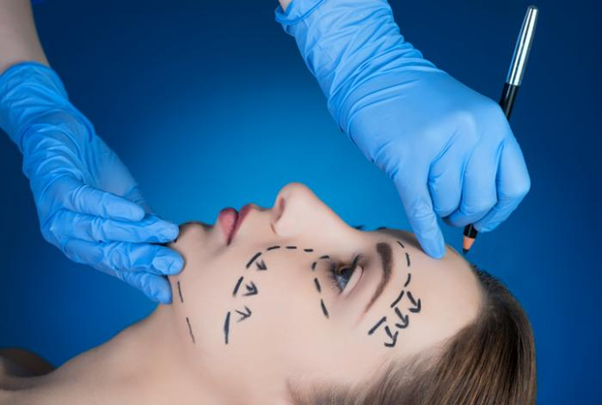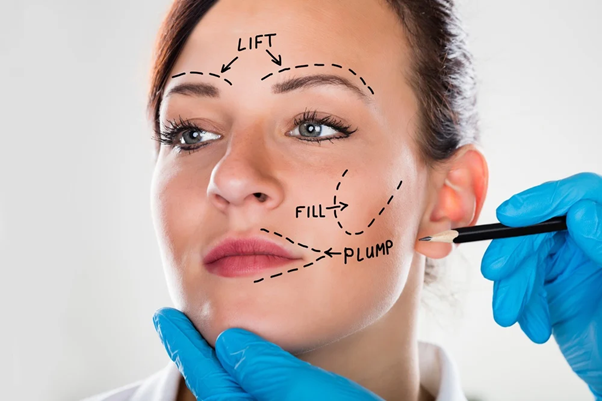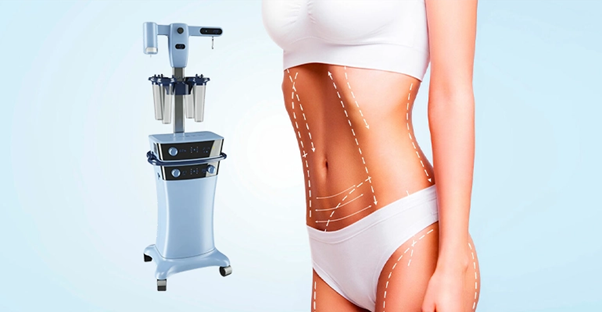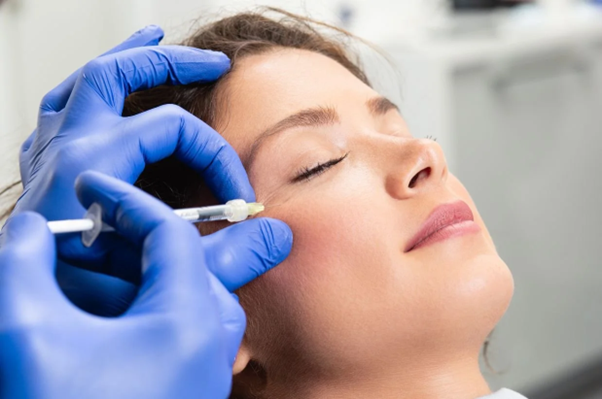Wrinkles, sagging skin, and loss of elasticity are common as we grow older, which can sometimes impact our confidence. Fortunately, modern cosmetic surgery offers innovative solutions to help us regain a youthful appearance. One of the most popular and effective procedures for facial rejuvenation is the facelift. In this comprehensive guide, we’ll delve into everything you need to know about facelift surgery, including its benefits, the process, recovery, and whether it might be the right choice for you.
Aging is an inevitable process, and with it comes various changes to the skin and facial structure.
What is a Facelift Surgery?
A facelift, medically known as a rhytidectomy, is a cosmetic surgical procedure designed to reduce the visible signs of aging on the face and neck. The goal is to create a smoother, more youthful appearance by tightening loose or sagging skin, eliminating deep wrinkles, and repositioning underlying facial tissues.
The procedure primarily targets the lower face, including areas such as the cheeks, jawline, and neck. However, it may also be combined with other complementary treatments, like brow lifts or eyelid surgeries, to achieve a more comprehensive facial transformation.
Types of Facelift Surgery
Depending on the degree of correction required, there are several different types of facelift procedures:
- Traditional Full Facelift
The traditional facelift is a comprehensive procedure aimed at addressing significant signs of aging. It involves lifting and repositioning both the skin and the underlying muscles, reducing deep creases and sagging around the cheeks, jawline, and neck. Incisions are typically made along the hairline, extending around the ears. - Mini Facelift
A mini facelift, also known as a “weekend facelift,” is a less invasive procedure focused on early signs of aging. It typically targets the lower third of the face, such as the jawline and neck. The recovery time for a mini facelift is generally shorter compared to a traditional facelift. - Neck Lift
For those concerned primarily with sagging skin around the neck and jawline, a neck lift can be an effective solution. This procedure is often performed alongside a facelift for a balanced, rejuvenated appearance, particularly for patients with prominent “turkey neck” concerns.
The Facelift Procedure: Step-by-Step
- Consultation and Planning
The journey to a facelift starts with a detailed consultation with a board-certified cosmetic surgeon. During this session, your facial anatomy, goals, and medical history are evaluated. The surgeon will then recommend the most suitable approach, tailored specifically to your needs. - Anesthesia
Facelift surgery is performed under general anesthesia or intravenous sedation to ensure maximum comfort. Your surgeon will discuss the best anesthesia option for you based on your health and preferences. - Incisions
The surgeon will make precise incisions, often starting at the temples, extending around the ears, and sometimes reaching the lower scalp. For a mini facelift, the incisions are smaller and more localized. Strategic incision placement ensures that scarring is minimized and concealed within the natural contours of your face. - Lifting and Tightening
Once the incisions are made, the surgeon lifts the skin and repositions the deeper layers of facial tissue. This lifting and tightening process helps smooth wrinkles, reposition facial fat, and improve the overall facial contour. - Trimming Excess Skin and Closing Incisions
Excess skin is trimmed, and the incisions are meticulously closed using sutures or skin adhesives. Great care is taken to ensure a natural-looking result and minimize scarring.
Facelift surgery involves a series of well-planned steps to ensure a safe and successful outcome.
Recovery Process and What to Expect
Recovery from facelift surgery varies from person to person, but understanding the general process can help you prepare. Here’s a breakdown of what to expect:
- Immediately After Surgery
After the procedure, your face will be bandaged to reduce swelling and provide support. It’s normal to experience some discomfort, bruising, and swelling, which can be managed with prescribed medications. - The First Week
The first week is the most critical in the healing process. Swelling and bruising will be most noticeable during this period, and keeping your head elevated while resting can aid recovery. You may also need to return to the clinic for a follow-up visit to remove drains or check the healing progress. - Two to Four Weeks Post-Surgery
After about two weeks, most patients start feeling more comfortable resuming their normal activities. Bruising should begin to fade, and the swelling will gradually subside. It’s important to avoid strenuous activity during this time. - Full Recovery
Full recovery can take several months, but visible results are usually noticeable within the first month. Scars will continue to fade and soften over time. By maintaining a healthy lifestyle, you can enjoy the results of your facelift for many years to come.
Benefits of Facelift Surgery
- Long-Lasting Results
Unlike non-surgical treatments, a facelift offers long-lasting results that can make you look up to 10-15 years younger. The outcome is natural and enduring, especially when supported by a healthy lifestyle and skincare routine. - Boosted Confidence
The aesthetic improvements from a facelift often lead to increased self-esteem. Feeling satisfied with your reflection can positively affect your mental and emotional well-being, allowing you to face life with renewed confidence. - Comprehensive Rejuvenation
A facelift not only tightens the skin but also repositions underlying tissues to provide a more comprehensive rejuvenation. The procedure addresses multiple aspects of facial aging, from sagging skin to deep wrinkles, delivering a holistic improvement.
Risks and Considerations
Like all surgical procedures, a facelift carries some risks. These may include complications like hematoma, infection, scarring, or nerve injury. However, choosing a qualified and experienced surgeon greatly minimizes these risks. It’s essential to discuss potential complications and how to manage them during your consultation.
Additionally, it’s important to remember that facelift surgery cannot stop the aging process—it merely turns back the clock. Maintaining realistic expectations and understanding the scope of the results are crucial to a satisfying outcome.
A facelift can transform the way you look and feel about yourself by smoothing wrinkles, restoring contours, and lifting sagging skin.
Facelift vs. Non-Surgical Alternatives
Non-surgical facial rejuvenation options, such as dermal fillers, Botox, and laser treatments, are popular choices for those looking for minimal downtime and subtler enhancements. However, these treatments provide temporary results and cannot address advanced sagging or significant skin laxity the way a facelift can. For patients seeking a dramatic, long-term transformation, facelift surgery remains the most effective option.
Combining Facelift with Other Procedures
To enhance the results, a facelift is often combined with other procedures like:
- Brow Lift: To elevate sagging brows and reduce forehead lines.
- Eyelid Surgery (Blepharoplasty): To address droopy eyelids and puffy bags beneath the eyes.
- Fat Transfer: To restore volume to areas like the cheeks or lips, creating a more youthful fullness.
Combining procedures ensures a balanced, harmonious result, giving the entire face a more refreshed appearance.
Consult with a board-certified plastic surgeon to discuss your goals, assess your skin condition, and determine the best approach for you.
At DR.HARVARD, we are committed to providing the highest quality care with personalized solutions to help you achieve your beauty goals. Our team of experienced cosmetic surgeons uses state-of-the-art techniques to ensure natural, stunning results. If you’re considering facelift surgery or want to explore other facial rejuvenation options, schedule a consultation with us today and take the first step toward a more confident, youthful you. Let us help you bring out the best version of yourself.
















